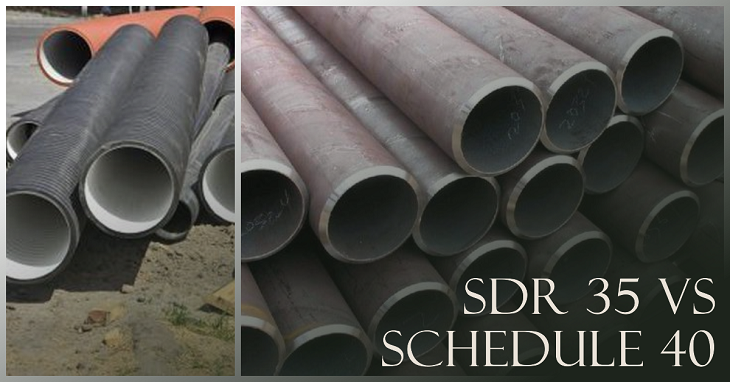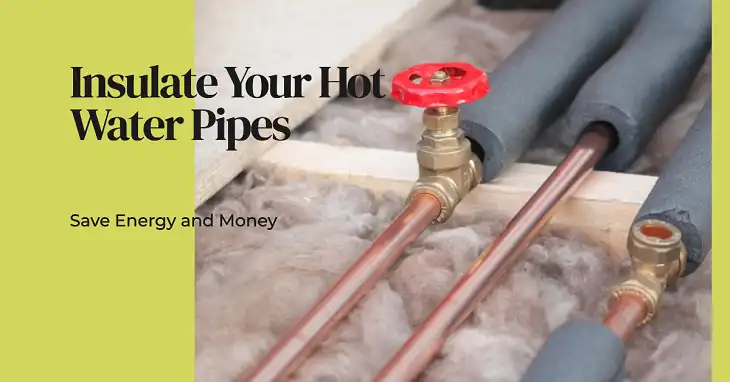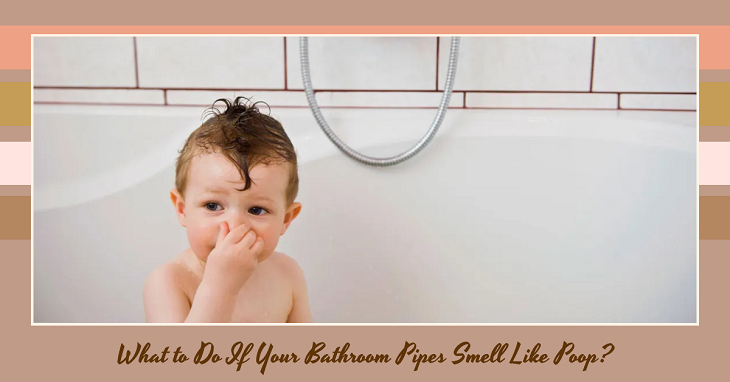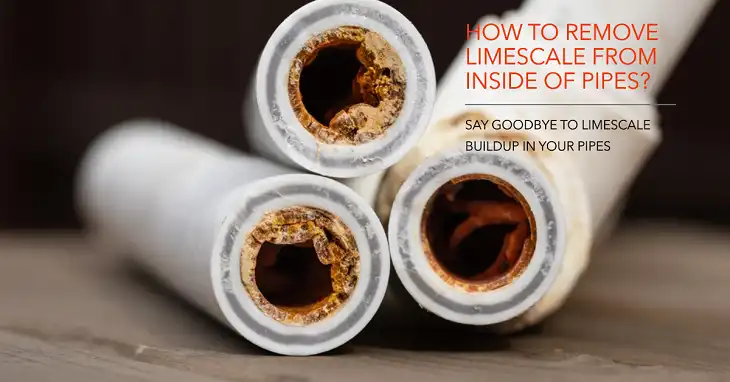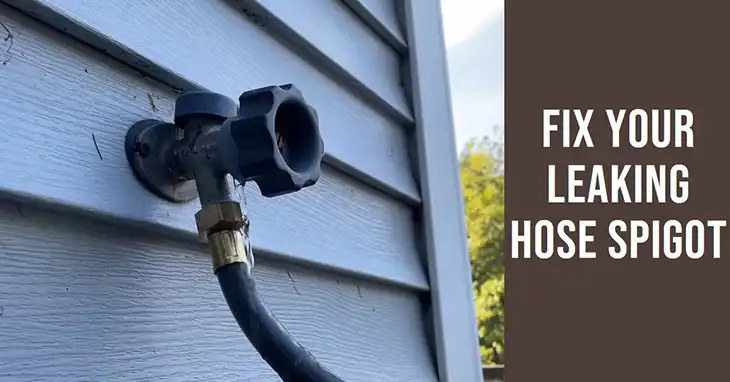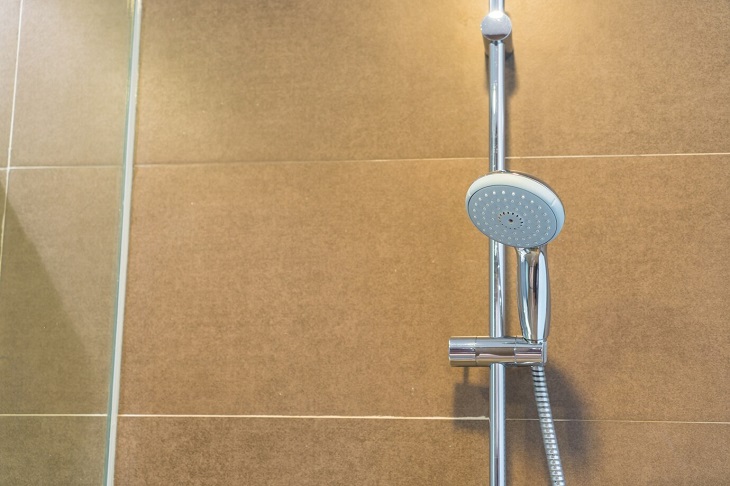Can You Use PVC for a Dryer Vent?
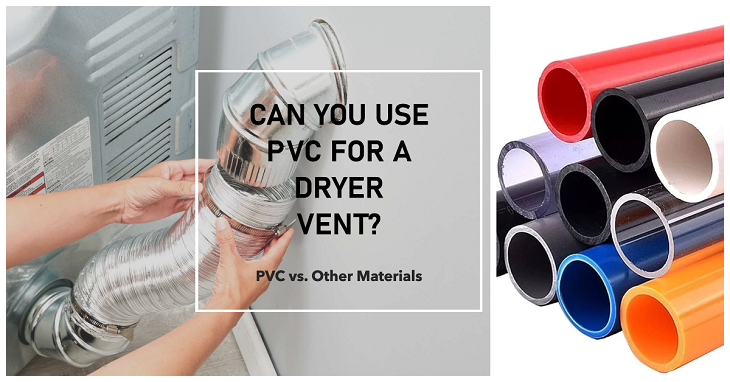
When setting up a dryer vent system, you might wonder whether PVC piping can be used as an alternative to traditional vent materials. The short answer is no—PVC is not suitable for dryer vents. While PVC is durable and commonly used in plumbing, using it in dryer venting systems poses significant risks.
Why Is PVC Unsuitable for Dryer Vents?
1. Flammability and Heat Sensitivity
Dryer vents carry hot, moist air out of your dryer, and PVC, being a type of plastic, is not designed to withstand high temperatures. Over time, the heat from the dryer exhaust can weaken the PVC, leading to degradation and potential melting. This creates fire hazards, especially when lint buildup occurs. Lint is highly flammable, and if it accumulates in a compromised PVC pipe, it can ignite easily, turning the vent into a fire conduit.
2. Static Electricity
Another significant issue with using PVC for dryer vents is the buildup of static electricity inside the pipe. As air flows through the PVC, it can generate static, which can attract and trap lint inside the pipe. This trapped lint will accumulate over time, narrowing the vent’s air passage and increasing the risk of blockages, which further heightens the danger of fires.
3. Building Codes and Regulations
In most places, building codes explicitly prohibit the use of PVC for dryer vents. These regulations exist because of the safety hazards associated with its use in this application. For a dryer vent system to pass inspection, it typically must be made from metal (either aluminum or galvanized steel). These materials are non-combustible, heat-resistant, and better suited for handling the airflow from a dryer.
What Materials Should You Use for a Dryer Vent?
1. Aluminum
Aluminum is the most commonly recommended material for dryer vents. It’s lightweight, durable, and heat-resistant, making it ideal for venting the hot, moist air from your dryer. Rigid aluminum pipes are preferred because they are less likely to trap lint compared to flexible aluminum ducts.
2. Galvanized Steel
Galvanized steel is another excellent option for dryer vents. It’s a bit more durable than aluminum and offers similar heat resistance. Galvanized steel also resists corrosion, which makes it a long-lasting choice for dryer vent installations.
3. Semi-Rigid Aluminum
If you need some flexibility in your venting setup, semi-rigid aluminum ducts can be a good choice. These ducts are slightly more flexible than rigid aluminum but still provide a smoother internal surface than flexible ducts, reducing lint buildup.
What About Flexible Foil or Plastic Ducts?
Flexible foil ducts, while allowed in some regions, are generally not recommended for dryer venting. They can sag or kink easily, creating spots where lint can accumulate, leading to reduced airflow and increased fire risks. Plastic ducts, like PVC, are a major fire hazard and are prohibited by most building codes.
How to Properly Install a Dryer Vent
If you’re installing or upgrading your dryer vent system, here are the essential steps to follow:
- Measure the Distance: Determine the shortest and straightest route between your dryer and the exterior of your home.
- Use Rigid or Semi-Rigid Materials: Install either rigid aluminum or galvanized steel ducts. Avoid using any flexible ducting, especially for long runs, as it traps lint more easily.
- Seal the Connections: Secure all connections with metal foil tape. Do not use screws, as they can protrude into the duct and collect lint.
- Maintain Proper Ventilation: Make sure your vent leads directly outdoors and is not vented into an attic or crawl space. Poor ventilation increases the risk of lint buildup and fire.
- Clean Regularly: Even with the best materials, lint can still accumulate in your dryer vent over time. It’s crucial to clean the vent regularly to prevent clogs and maintain airflow.
FAQs
Can You Connect PVC to a Metal Dryer Vent?
If you already have a metal dryer vent but are considering using PVC for an extension or alteration, don’t. Mixing materials with different thermal properties can cause problems, as PVC can overheat and degrade in conjunction with the heat generated by a dryer.
Is Venting Indoors a Good Idea?
In cold climates, some people consider venting a dryer indoors to retain heat. However, this is generally not recommended because dryers expel moisture along with heat. Venting indoors could cause excessive humidity, leading to mold and mildew growth. Always vent your dryer outside.
To Conclude
In summary, PVC is not a safe or suitable material for dryer vents due to its heat sensitivity, the risk of static electricity buildup, and fire hazards associated with lint accumulation. Stick with metal ducts like rigid aluminum or galvanized steel for your dryer vent system to ensure safety, longevity, and compliance with building codes. Regular maintenance, including cleaning the vent and checking for lint buildup, will also help prevent any fire risks associated with your dryer vent system.

